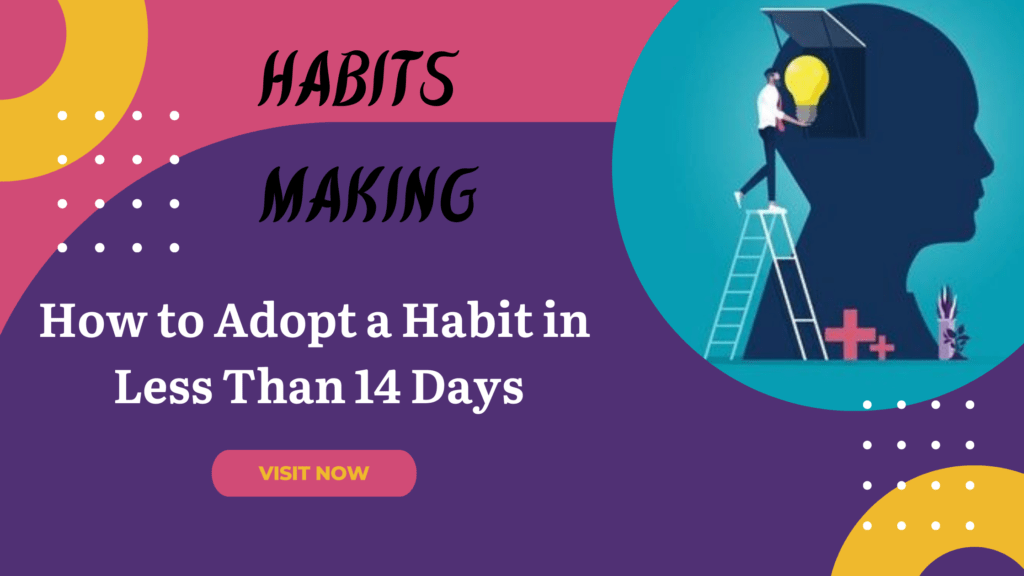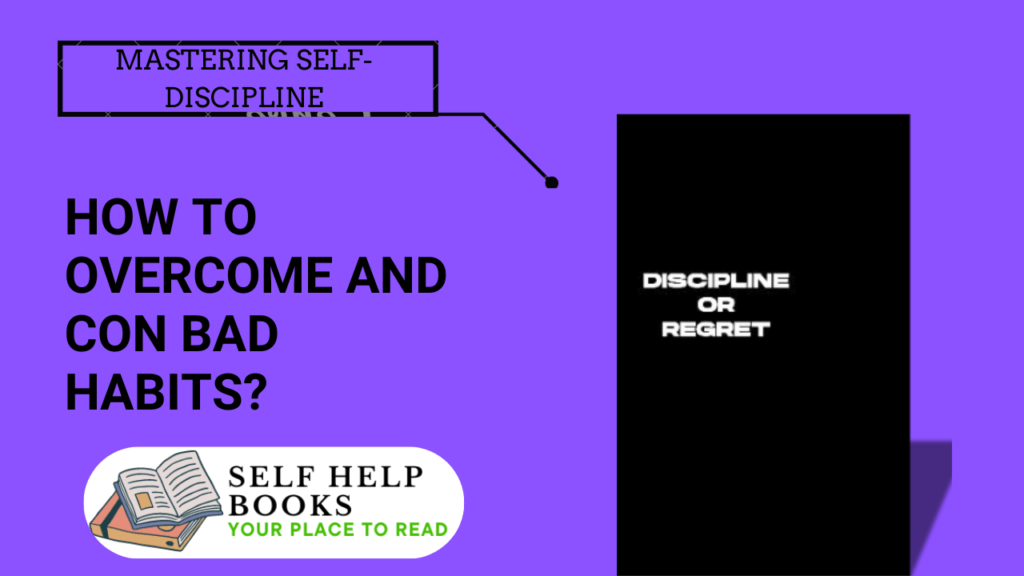The Art of Detachment in Relationships. Relationships are fundamental to human life, yet navigating them can be complex. While we cherish close connections, maintaining individuality and personal freedom within relationships can be challenging. This is where detachment—the art of keeping a healthy emotional balance—plays a pivotal role. Contrary to popular belief, detachment isn’t about being aloof or uncaring; it’s about fostering a relationship where both partners feel supported, independent, and fulfilled. Let’s explore how practicing detachment can strengthen relationships, prevent codependency, and lead to a more profound connection.
What is Detachment in Relationships?
In relationships, detachment doesn’t mean withholding affection or becoming indifferent. It’s about letting go of control over your partner’s actions, thoughts, and emotions, and focusing on maintaining your own well-being. Practicing detachment means embracing the idea that each person is responsible for their happiness and choices. When we detach, we recognize the individuality of our partners and accept that we can’t dictate their paths.
Imagine a couple holding hands while still standing on their own feet. They’re connected, but each partner has their stability. Detachment in relationships is much like this balance; you can love deeply without losing yourself in the process.
The Importance of Detachment
Detachment is vital for creating a healthy, balanced, and sustainable relationship. Here’s why:
- Avoids Codependency: Codependency happens when one person becomes overly reliant on their partner for emotional validation. This dynamic can be draining for both individuals, leading to unhealthy attachments. Detachment allows each person to nurture their emotional resilience, reducing dependency on external validation.
- Promotes Individual Growth: When we detach, we recognize that personal growth is ongoing and essential. Both partners can pursue their goals, hobbies, and self-development without feeling obligated to involve each other in every aspect. This personal space fosters individual confidence and fulfillment.
- Reduces Conflict: When you detach from controlling or trying to change your partner, conflicts diminish. Instead of focusing on what you wish they would do differently, you accept them as they are, flaws included. This acceptance promotes harmony and a stronger foundation of trust.
How to Practice the Art of Detachment in Relationships
Learning to detach doesn’t happen overnight, but with consistent effort, you can achieve a balance that strengthens your relationship. Here are practical steps to start with:
1. Embrace Self-Care and Self-Love
Detachment begins with self-focus. Invest time in activities that bring you joy, confidence, and relaxation. Engage in hobbies, practice mindfulness, or exercise regularly. When you cultivate your self-worth and independence, you are less likely to rely on your partner for happiness. This mindset shift creates a strong foundation for a detached yet fulfilling relationship.
2. Set Clear Boundaries
Boundaries are essential in any relationship. Clearly defining your boundaries allows both partners to understand each other’s needs and limitations. For instance, if you need alone time, communicate this openly and positively. Boundaries aren’t about building walls; they’re about creating a safe space where both partners feel respected and understood.
3. Practice Mindfulness in Emotional Reactions
Detachment often involves letting go of reactive behaviors. When a situation arises that triggers a strong emotional reaction, take a moment to pause and breathe. This allows you to respond thoughtfully instead of reacting impulsively. Mindfulness helps you detach from immediate reactions and approach the situation with a calm perspective.
4. Avoid Controlling Behavior
One key aspect of detachment is accepting that you cannot control your partner’s thoughts, feelings, or actions. Trying to influence or change them only creates tension and resentment. Embrace the notion that your partner is responsible for their own choices. When you give up control, you create room for authenticity and mutual respect.
5. Focus on Personal Goals and Passions
Maintaining a fulfilling life outside of your relationship enriches both you and the connection you share with your partner. When you invest in your own goals, you bring fresh perspectives and experiences into the relationship. This approach prevents over-dependence and reinforces your identity as an individual, which is essential for detachment.
In The Art of Detachment in Relationships. Benefits of Practicing Detachment
- Improved Relationship Quality: Detachment encourages acceptance, understanding, and respect within the relationship. When each partner feels respected for their individuality, the relationship flourishes naturally.
- Increased Emotional Resilience: When you practice detachment, you develop emotional resilience and self-reliance. Life’s ups and downs become easier to handle, as you’re not depending solely on your partner for support.
- Better Conflict Management: By detaching, you’re more likely to approach conflicts with a calm and open mindset. This can reduce the frequency and intensity of disagreements, paving the way for healthier communication.
- Enhanced Personal Growth: Detachment encourages both partners to pursue self-improvement, allowing each person to become their best selves, which ultimately benefits the relationship.
Also Read This
The Power of Saying No: Prioritizing Yourself Without Guilt
Is Detachment Right for Every Relationship?
While detachment offers numerous benefits, it may not be suitable for relationships lacking foundational trust and respect. Detachment is not a solution to fix an inherently unhealthy relationship. However, in relationships grounded in trust, communication, and mutual respect, detachment can be transformative.
Conclusion: Embracing the Balance of Love and Independence
Mastering the art of detachment doesn’t mean detaching from love—it means nurturing a relationship where love thrives in a balanced, healthy way. Detachment enables both partners to support one another’s growth without feeling confined. By embracing detachment, you can build a relationship based on respect, freedom, and true connection.


